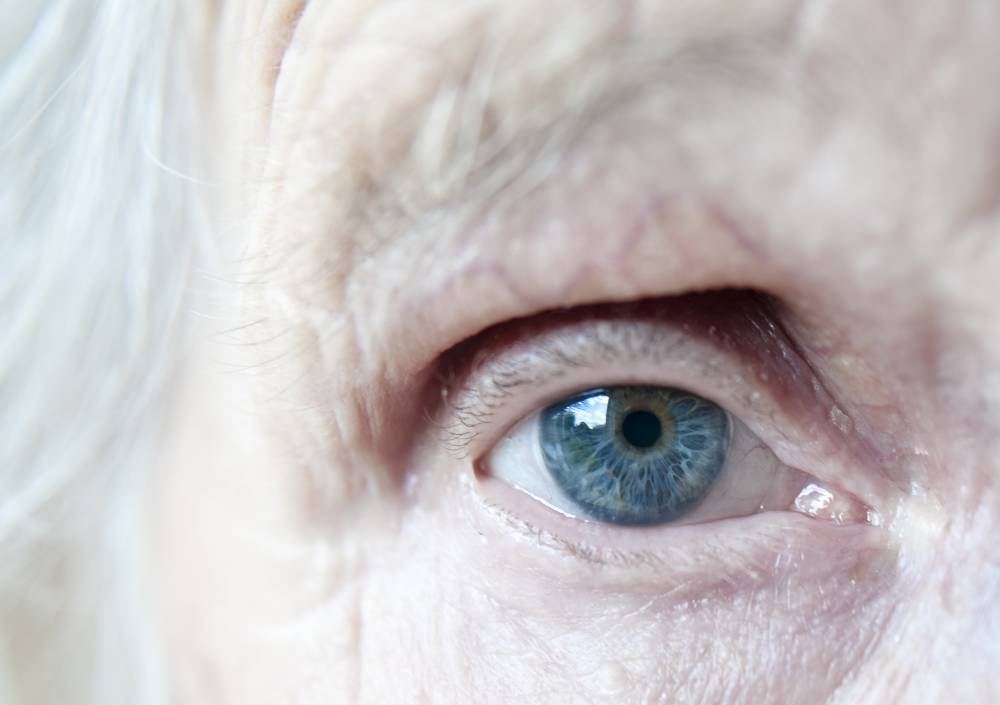
They say that eyes are the window to the soul, but eyes also may reveal important early signs we have Alzheimer’s Disease.
Australian scientists have discovered a quick, non-invasive eye scan that can identify changes in the eye’s retina. The scan may one day be used to diagnose Alzheimer’s Disease well before symptoms are present.
Scientists from Eye Research Australia and the University of Melbourne have used specialised eye scanning technology to detect the early stages of Alzheimer’s disease.
The scan uses ‘hyperspectral’ imaging, which is generally used in satellites to scan the earth for mineral deposits. In the eye scans, the technology is used to shine a rainbow-colored light into the eye.
The technology is a world-first, according to Eye Research Australia, and may lead to less-invasive testing for Alzheimer’s.
The study has been led by Associate Professor Peter van Wijngaarden and Dr Xavier Hadoux from the Centre for Eye Research Australia and the University of Melbourne.
The research, which has been published in Nature Communications, reveals that the eye test can identify people with high levels of amyloid beta, the protein that accumulates in the brain – and retina – of people with Alzheimer’s disease.
There can be evidence of amyloid beta in the brain or retina up to 20 years before the symptoms of Alzheimer’s appear.
Associate Professor van Wijngaarden says the findings could lay the foundation for a new diagnostic test for Alzheimer’s disease that might allow for earlier detection of the condition.
Currently, the test for Alzheimer’s involves analysing spinal fluid through a lumbar puncture, or PET brain scans that require having a radioactive tracer injected into the body.
Associate Professor van Wijngaarden said the existing tests for Alzheimer’s Disease are “invasive, expensive and not easily accessible”, and are often only given to people in clinical trials.
“As a result, many people with memory problems and other symptoms of dementia miss out on diagnostic tests,”Associate Professor van Wijngaardenhe said.
The lack of a firm diagnosis of Alzheimer’s can be “distressing for patients and their families”, he said. “It can also mean that potentially treatable causes of memory impairment that mimic Alzheimer’s disease may be missed.”
Dr Hadoux said the hyperspectral scan enables scientists to see the retina differently.
“Our study shows that there are differences between the way the light is reflected from the retinas of people with amyloid beta deposits in the brain and from the retinas of people with lower levels of the protein.’’
The researchers are now validating the technology in a larger study being done in collaboration with the Healthy Brain Project at the Florey Institute of Neuroscience and Mental Health.
This study will look at whether the eye scans can detect the earliest signs of Alzheimer’s Disease, years before the onset of memory impairment.
Associate Professor van Wijngaarden said, “If effective treatments are to be developed, they will need to target Alzheimer’s disease early, well before extensive brain damage has occurred.”
“The development of a simple test to identify people at risk of Alzheimer’s disease could be tremendously important as it would enable trials of new early stage treatments to prevent or slow the disease.’’
Volunteers from the Australian Imaging, Biomarker and Lifestyle Study of Ageing and the Royal Melbourne Hospital Neuropsychiatry Unit took part in the study.
Another group of participants were studied in Montreal, Canada.
Associate Professor van Wijngaarden thanked the volunteers who took part in the study.
He also thanked Australian and international philanthropists for their contributions to the work, and said the findings were made possible by Melbourne’s highly collaborative research community.